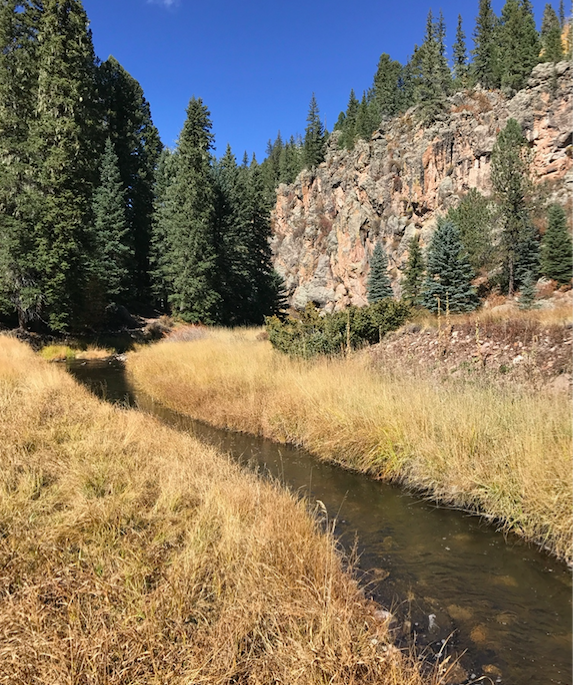This post originally appeared on National Geographic's Water Currents blog and is reposted here with permission.
We have many lessons to learn from the tragedies wrought by Hurricane Harvey, but among the most important is that a broken water cycle increases risks to our communities and economies.
Floodplains, tributaries, wetlands, lakes, ponds, rivers and groundwater form an interconnected whole that helps ensure clean, safe, reliable water supplies. A well-functioning water cycle naturally moderates both floods and droughts, reducing societal risks from both.
The Trump administration’s proposal to rescind the Obama-era Clean Water Rule would further break the natural water cycle just at the time we need to double-down on repairing it.
The motivation for the Clean Water Rule arose from Supreme Court decisions, in particular the 2006 case of Rapanos v. United States, that sowed consideration confusion about which waters came under the jurisdiction of the federal Clean Water Act, and which did not.

A headwater stream in the Rio Grande watershed in New Mexico. Photo: Sandra Postel
Both the Environmental Protection Agency (EPA) and the Army Corps of Engineers (the Corps) were spending considerable time and tax dollars determining whether or not a particular stream or wetland was protected under the Act. Just between 2008 and 2015, the agencies had to make some 100,000 case-by-case determinations, causing backlogs and delays.
The 2015 rule, also known as the Waters of the United States (WOTUS) rule, clarified the definition and expanded protection to headwater streams and some 20 million acres (8 million hectares) of wetlands. An EPA-Corps economic analysis of the rule published in May of that year found that while the additional water protections would have negative economic impacts on certain industries and farm enterprises, the benefits to society from cleaner and more secure water supplies exceeded those costs.
In June 2017, as the Trump administration moved to rescind the rule, EPA Administrator Scott Pruitt ordered agency staff to redo the economic analysis and omit the half billion dollars of benefits associated with wetland protection, according to reporting by the New York Times.
Scientists are speaking out against the repeal of the 2015 Clean Water Rule.
A letter already signed by more than 320 scientists (including me) from academia, state agencies, nonprofits, and the private sector notes that more than 1,200 peer-reviewed publications clearly establish “the vital importance” of wetlands and headwater streams “to clean water and the health of the nation’s rivers.”
In an amicus curiae (literally, friend of the court) brief to the Supreme Court in the Rapanos case, ten scientists (including me) argued that “when it comes to the connection of tributaries, streams, and wetlands to navigable waters and interstate commerce, there is no ecological ambiguity….[I]f the Clean Water Act does not protect these resources, then it does not protect navigable waters from pollution, and it cannot achieve its goals.”
But the Trump administration is once again pushing sound science aside in its attempt to roll back regulations.
Continue reading the full post here.


